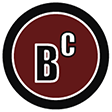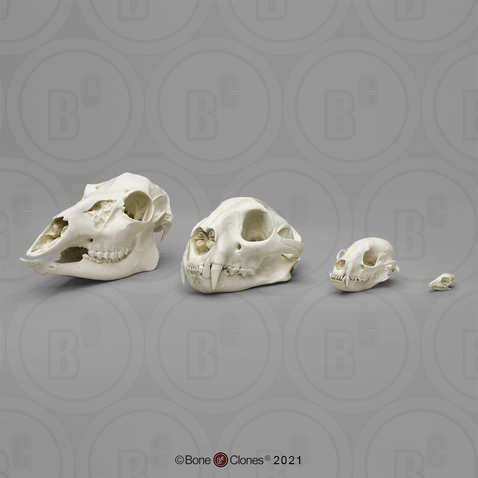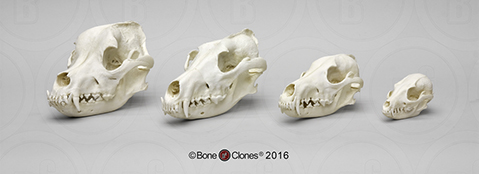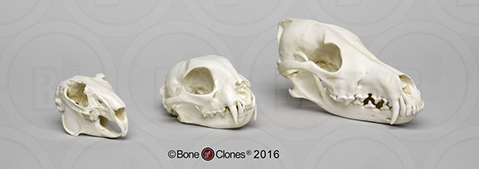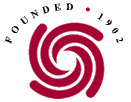-
Fields of Study
- K-12 Education
- Advanced Anatomy
- Forensics
- Physical Therapy
- Primate Locomotion
- Non-primate Locomotion
- Biological Anthropology
- Paleontology
- Bioarchaeology
- Marine-Aquarium
- Veterinary
-
Zoology
- All Zoological Items
- Endangered Species
- Skulls
- Skeletons
- Cranial Elements
- Postcranial Elements
- Eggs
- Limbs
- Teeth & Fangs
- Claws & Talons
- Brains & Endocasts
- Life Casts
- Pathology & Trauma
- Wildlife Forensics
- Sets
- Bird Sets
- Accessories
- Birds
- Mammals
- Reptiles & Amphibians
- Fish
- Sharks & Rays
- Turtles & Tortoises
- Anatomy for the Artist
- Decor
- Veterinary
- Elements
- Pathology & Trauma
-
Sets & Series
- Natural History Gift Ideas
- Decor
- Scale & Sculpture
- 3D Scanned & Printed
- Bone Boxes
- Locomotion Sets
- Forensic Sets
- Advanced Anatomy Sets
- Physical Therapy Series
- Fetal Sets
- Economy Series
- Zoology Sets
- Bird Sets
- Claw & Talon Sets
- Tooth & Fang Sets
- Primate Skull Sets
- Fossil Hominid Sets
- B.I.O.P.S.I. - Babiarz Institute
- Maxwell Collection
- Bergdorf Goodman Windows
- Accessories
- New Products
-
Our Company
- News & Specials
- Printable Handouts
- About Us
- Why Choose Bone Clones
- Bone Clones in the News
- Mission
- Contact Us
- Privacy and Security
- FAQs
- Testimonials
- Community Outreach
- Legal/Copyright
- Flyers
- Choosing Original Specimens
- Museum Exhibitions
- Natural History Gift Ideas
- About the Economy Series
- Acknowledgements
- Ordering & Delivery
- Warranty
- Refund/Return Policy
- Price List at a Glance
- Our Catalog
- Osteological Evaluation Reports
- About 3D Printing
- Sawyer & Maley Neanderthal Reconstruction
- Site Introduction
- Newsletter Archive
-
Human Anatomy
- All Human Anatomy
- Human Skulls
- Human Skeletons
- Head & Neck
- Postcranial Elements
- Advanced Anatomy
- Physical Therapy / Joints
- Human Brains & Endocast
- Human Life Casts
- Maxwell Museum
- Sets & Series
- Accessories
- Osteological Evaluation Reports
- Featured
- Adult Human Anatomy
- Adolescent Human Anatomy
- Child Human Anatomy
- Fetal Human Anatomy
-
Zoology
- All Zoological Items
- Endangered Species
- Skulls
- Skeletons
- Cranial Elements
- Postcranial Elements
- Eggs
- Limbs
- Teeth & Fangs
- Claws & Talons
- Brains & Endocasts
- Life Casts
- Pathology & Trauma
- Wildlife Forensics
- Sets
- Bird Sets
- Accessories
- Birds
- Mammals
- Reptiles & Amphibians
- Fish
- Sharks & Rays
- Turtles & Tortoises
- Fossil Hominids
- Paleontology
- Non-human Primates
- Forensics
All items sold on this website are replicas; no real/natural bone is available on this site. Bone Clones® are 1:1 scale unless stated otherwise. All Bone Clones® products are made in the USA.
- Comp ,
- Economy ,
- veterinary
 ALSO SEE:
ALSO SEE:
Canid Comparison Economy Skull Set
Predator - Prey Comparison Economy Skull Set
Dietary Comparison Economy Skull Set
COMP-141 $518.00
What's for dinner? Meat? Insects? Plants? All of the above?
An animal skull's form (morphology) and dentition (form and number of teeth) gives clues as to how and what it eats. Dentition and eye placement are tools that have evolved for specific functions. Some teeth are shaped perfectly for stabbing, cutting or slicing, while others work well to grind. Eye socket placement and orientation gives further clues. Eyes positioned and oriented forward, for binocular vision, are helpful for targeting prey and calculating distance; eyes positioned and oriented laterally (to the sides) allow for greater peripheral vision and the ability to see threats from wide angles. Each of these adaptations helps its owner acquire nutrition, avoid threats and survive to reproduce.
Bone Clones has created a set of four mammal skulls that can be used to identify, compare, and contrast the characteristics and features that help to place an animal skull into a dietary group. Featuring four types of dietary classifications, the set can be used to explore a range of concepts, from linguistic, morphological, and scientific to artistic.
- Carnivore (cougar) – eats primarily animal meat or flesh; from Latin caro, meaning 'meat' or 'flesh'
- Insectivore (elephant shrew) – a carnivore that specifically eats insects; from Latin insectum meaning 'insect'
- Herbivore (white-tailed deer) – eats plant material; from Latin herba meaning 'herb'
- Omnivore (raccoon) – eats a large variety of food sources (plant, animal meat, insects, etc.); from Latin omnes meaning 'all'
The name of each group ends in the suffix 'vore' – from the Latin word meaning 'to eat', or 'to devour'. The prefixes identify what the animal specializes in eating.
Instructors will be able to discuss the skull and teeth features of each animal and how they serve their dietary needs. Topics examining the niches of a balanced ecosystem can also be explored. Additionally, each animal can be compared to their prospective habitats, bringing into focus discussions of animal adaptation, animal behavior and environmental concepts.
In visual arts curriculum, this set can be used for students to analyze form and its depiction in drawing and sculpting, as material for still life compositions, and as comparative anatomical reference for student's own depictions of animals. These skulls can be used enrich student's knowledge as to how underlying form pertains to living animals, to compare historic and cultural uses of bone material for artistic purposes, and to teach about careers as scientific illustrators, film or fine artists.
This set can be useful in satisfying some of the national and state requirements of the Next Generation Science Standards (NGSS), The National Visual Arts Standards, and State Standards for Arts Education.
More About The Bone Clones® Economy Series
| Scientific Name | Catalogue # | Size | Price |
| Mammalia | COMP-141 | SET | $518.00 |
Related Products:
-
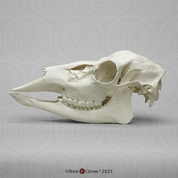 Economy White-tailed Deer Doe Skull
Economy White-tailed Deer Doe Skull -
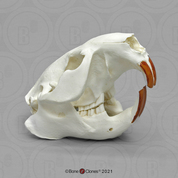 Common American Beaver Skull
Common American Beaver Skull -
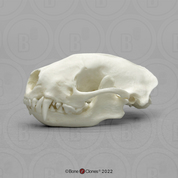 Skunk Skull
Skunk Skull -
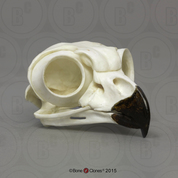 Great Horned Owl Skull
Great Horned Owl Skull -
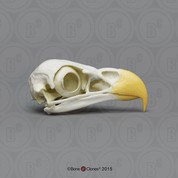 Bald Eagle Skull
Bald Eagle Skull -
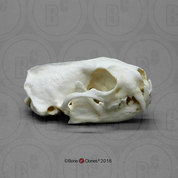 Black-footed Ferret Skull
Black-footed Ferret Skull -
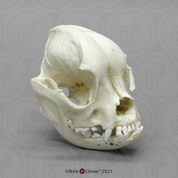 French Bulldog Skull
French Bulldog Skull -
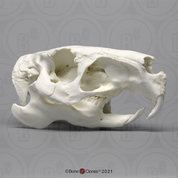 Capybara Skull
Capybara Skull -
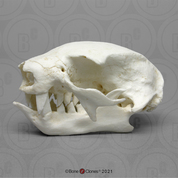 Two-toed Sloth Skull
Two-toed Sloth Skull -
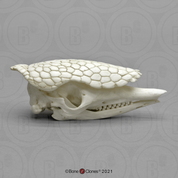 Common Armadillo Skull
Common Armadillo Skull -
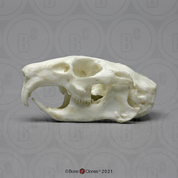 Pika Skull
Pika Skull -
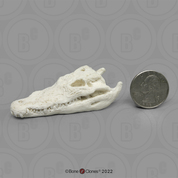 Saltwater Crocodile Skull 1:12 Scale
Saltwater Crocodile Skull 1:12 Scale -
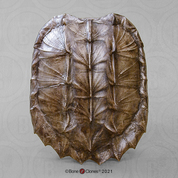 Alligator Snapping Turtle Shell
Alligator Snapping Turtle Shell -
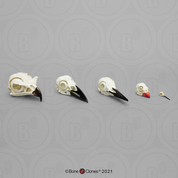 Comparative Bird Skull Set of 5
Comparative Bird Skull Set of 5 -
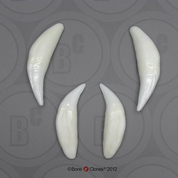 Lion Teeth (set of four)
Lion Teeth (set of four)
Newsletter Signup
9200 Eton Ave.
Chatsworth, CA 91311 USA
© 1992-2025 Bone Clones Holdings. All Rights Reserved.
Customer Service
© 2025 BONE CLONES HOLDINGS / Made by MEV


